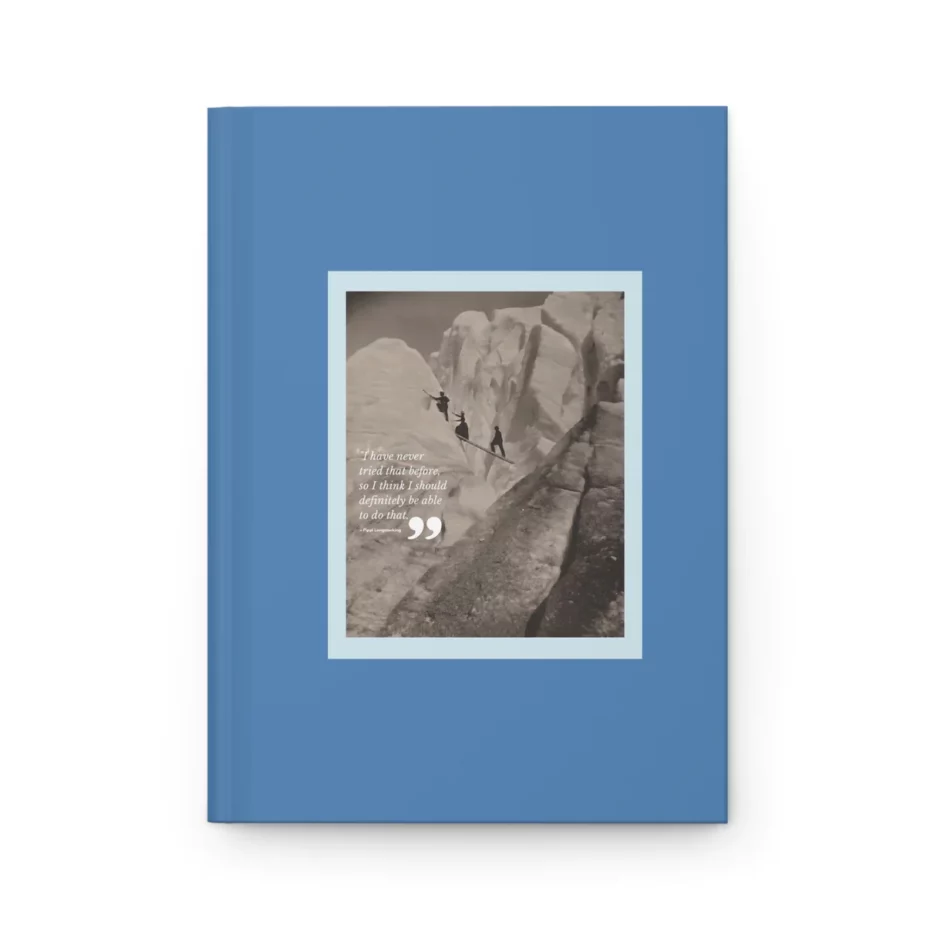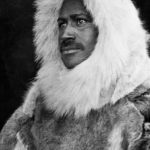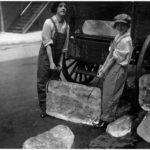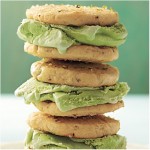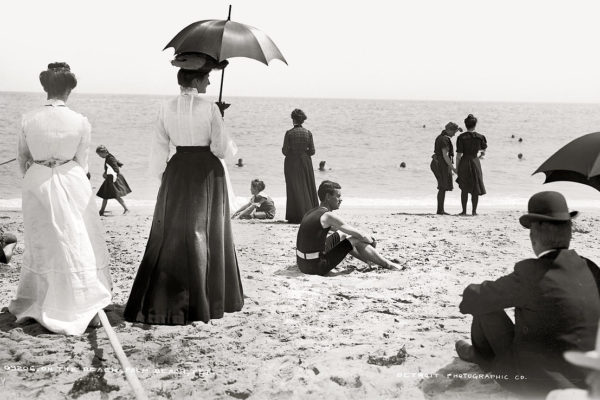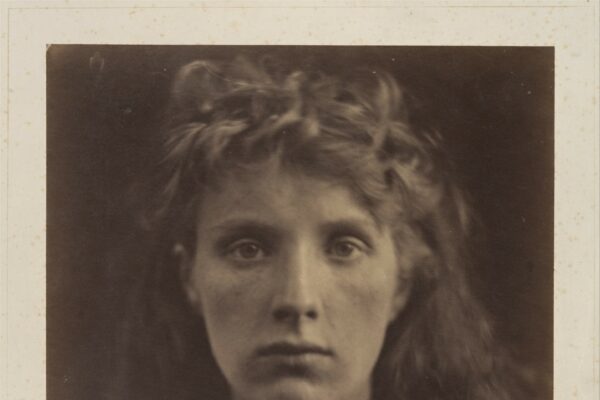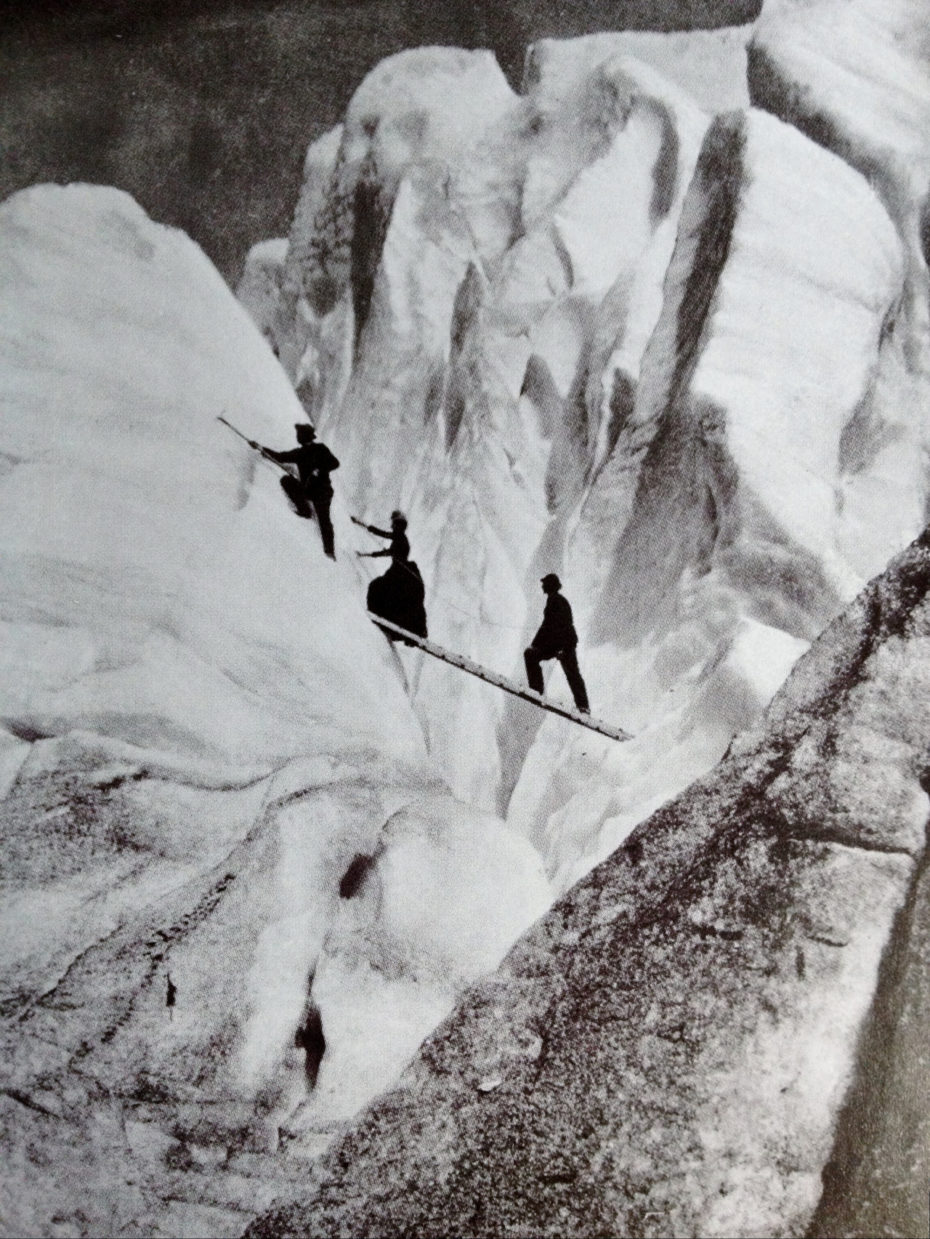
Can’t bear the winter cold anymore? Consider for a moment, this photograph of a woman climbing a glacier in a billowing Victorian skirt. As it turns out, there were more than a few females who braved the ice in petticoats and traversed the world’s harshest environments at a time when wearing trousers was still a serious scandal for a lady. Decades before women even had the right to vote, we were climbing to the top of the highest mountain in Europe and exploring the arctic. So if like me, you’re feeling a little sorry for yourself with your runny nose and thermal layers, it’s time to toughen up as we meet history’s true ice queens…
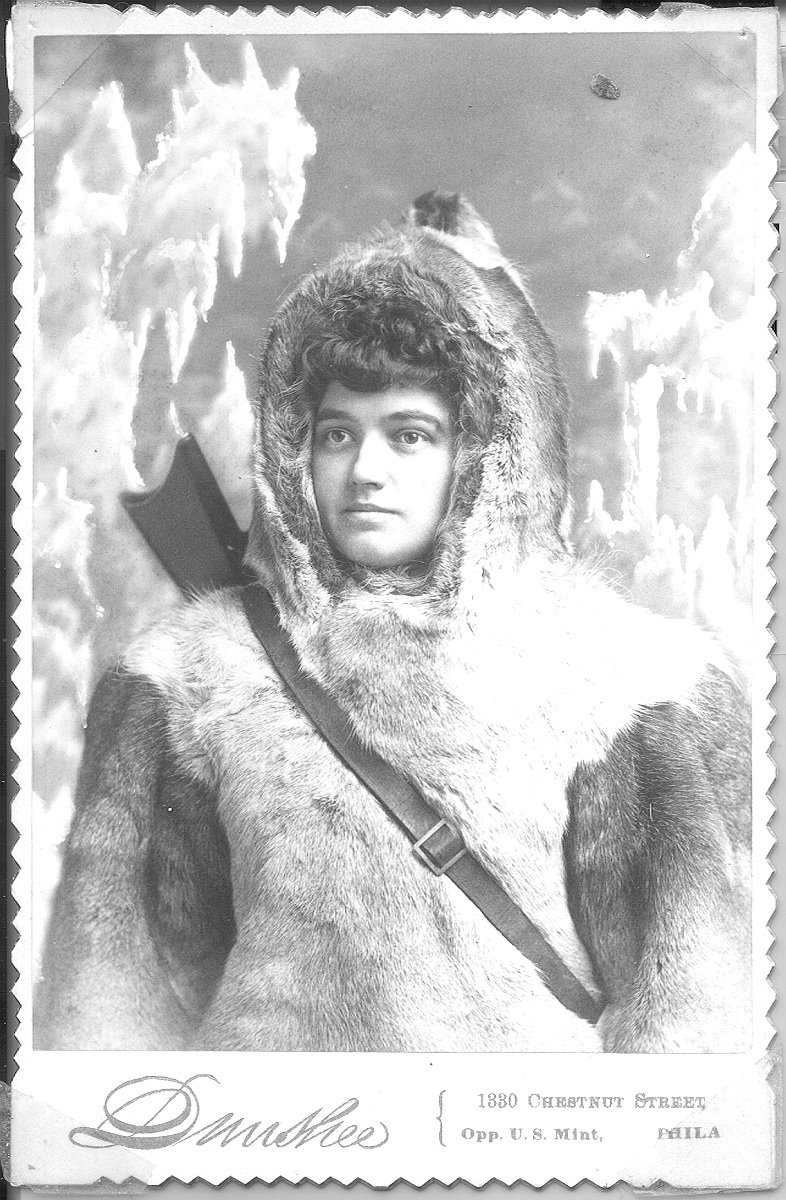
Let’s start with Josephine Diebitsch Peary, aka, the “First Lady of the Arctic”. This 19th century explorer traveled farther North over the ice fields than any woman recorded in history before. And I say « ‘recorded in history’ because, let’s not forget the countless Inuit women who would have also travelled into the Arctic unrecorded, saving the fate of numerous expeditions thanks to their expertise in tailoring and food preparation. Male explorers often failed to mention these women in their expedition diaries, their names obscured by the prejudices of the day.
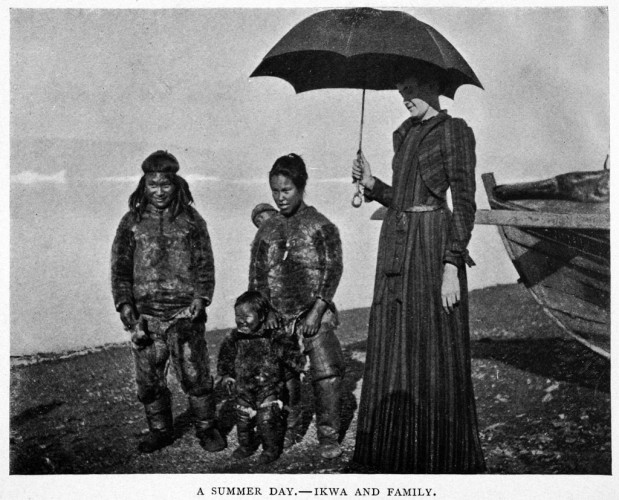
Josephine however, was certainly the first white woman to establish a profile as a female Arctic explorer, a feat made even more surprising by her upbringing as a wealthy, white-gloved society lady. But then, she fell in love with Robert Edwin Peary, an American Navy officer who had discovered a passion for exploring the mysteries of the Arctic and would become the first white man to do so. Within a few years of their marriage, Josephine found herself swapping white gloves and champagne glasses for seal gloves and a rifle. She accompanied her husband on six of his Arctic expeditions; on the second of which, she was eight months pregnant.
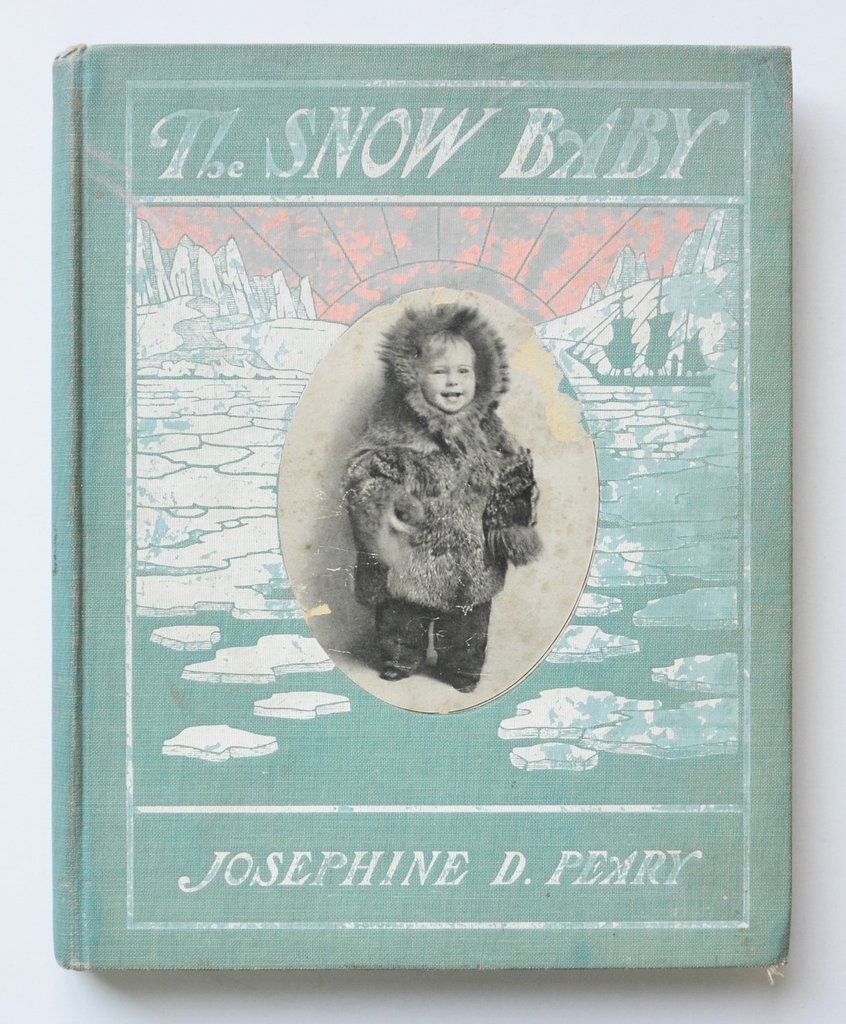
In 1893, she gave birth to a baby girl less than thirteen degrees from the North Pole. Born in the piercing cold, having survived her first winter without sunlight, wrapped in the expedition’s American flag, little Marie, would become the subject of her mother’s world-famous bestseller, “The Snow Baby”.
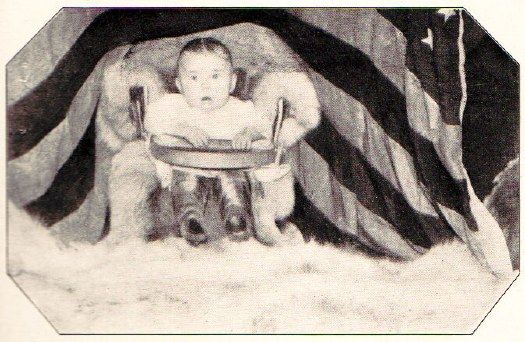
The public back home was hungry for her stories about ‘housekeeping’ in the North Pole, and she published three books in total, her first entitled, My Arctic Journal: A Year Among Ice-Fields and Eskimos. In a place where men “ate their boots, if not each other”, Josephine hunted reindeer, trapped fox, traded with the Inuits and managed the critical but unpopular task of food rationing at base. She shared many of these responsibilities with Matthew Henson, her husband’s African-American valet, who coincidentally, also became the first African-American Arctic explorer.
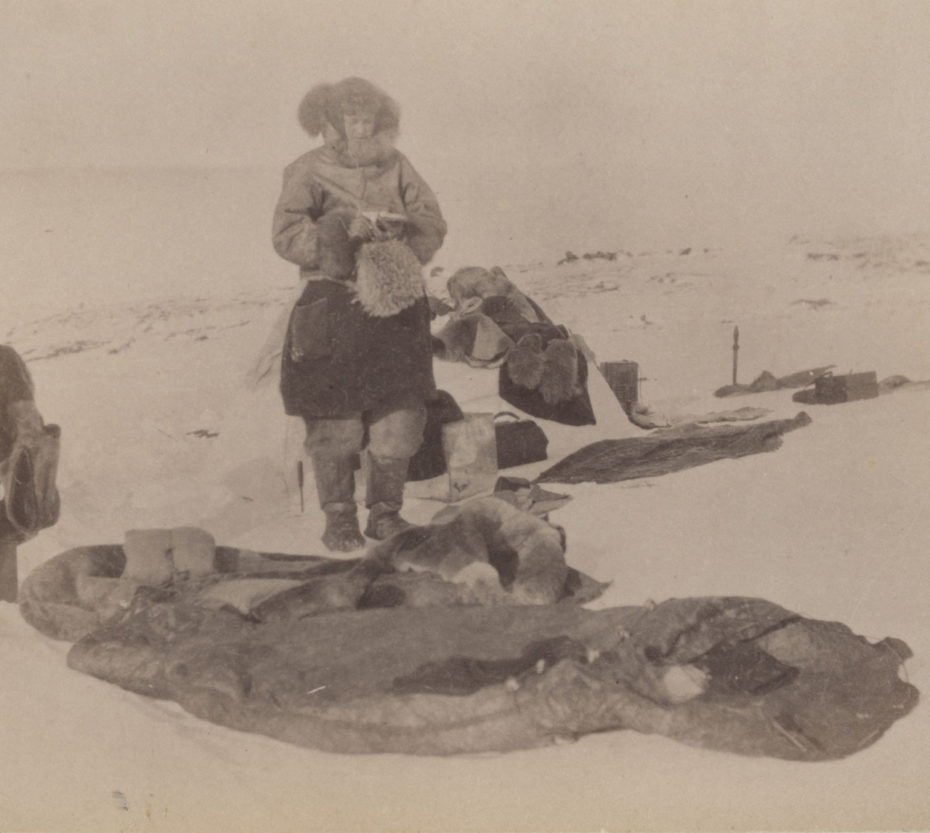
When Josephine returned home from expeditions an Arctic celebrity, she told reporters, “I was never cold. That was one reason why I felt able to go. I have suffered more here [in D.C.] from cold than I did in the North,” but remarked that, “It was no easy task for me to cook for six boys, and for such appetites.”
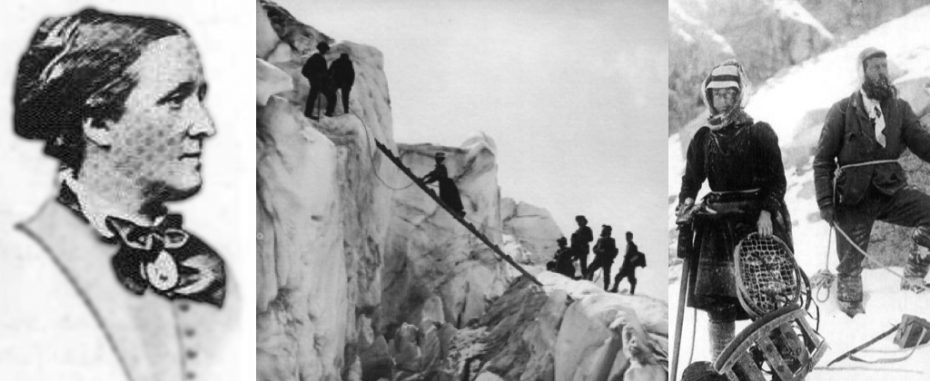
Next, let’s get acquainted with Isabelle Charlet-Straton. She climbed Mont Blanc four times, which included the mountain’s first ever winter ascent in January 1876. The peak Pointe Isabella was named in her honour. The British female alpinist married a French mountain guide and climbed with him for twenty years, making several first ascents in the Alps. A hotel in Chamonix, Pointe Isabelle, is themed around her many alpine adventures and accomplishments.
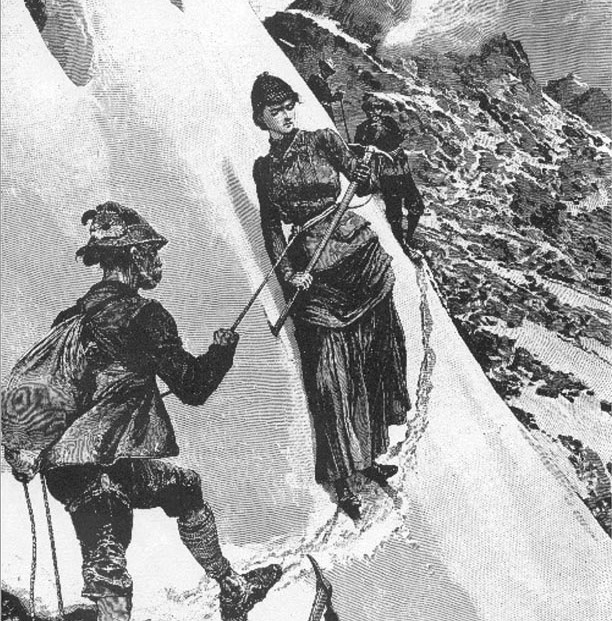
Isabelle is not to be confused however, with the first woman to climb Mont Blanc, Marie Paradis, the poor maidservant who reluctantly climbed Europe’s highest mountain. Eager to gain fame and fortune, she was no alpine enthusiast, but endeavoured to climb it anyway in search of a quick fortune. During the final ascent, she was in such poor condition that she had difficulty breathing, was unable to speak, and couldn’t see.
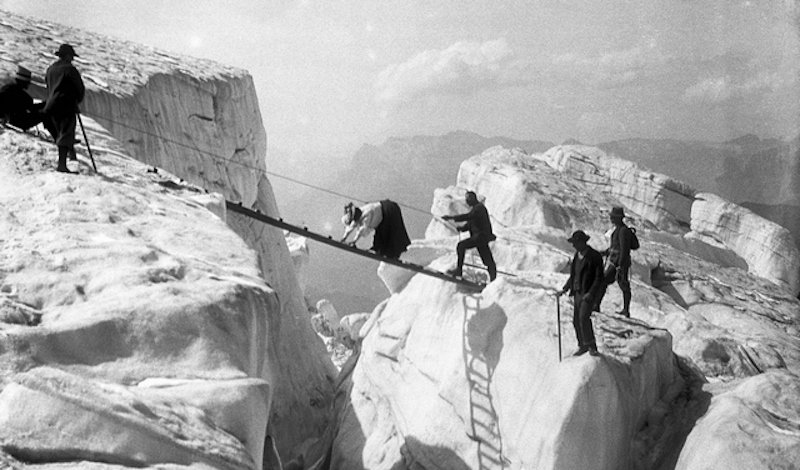
And in pretty much the only part of today’s article I can truly relate to, an exhausted Marie begged her companions to throw her into the nearest crevasse to end her misery. “Throw me into a crevasse and go on yourself!” she wailed in devastating fatigue. Nevertheless, Paradis was somehow dragged to the summit, and became known as “Maria de Mont Blanc”.
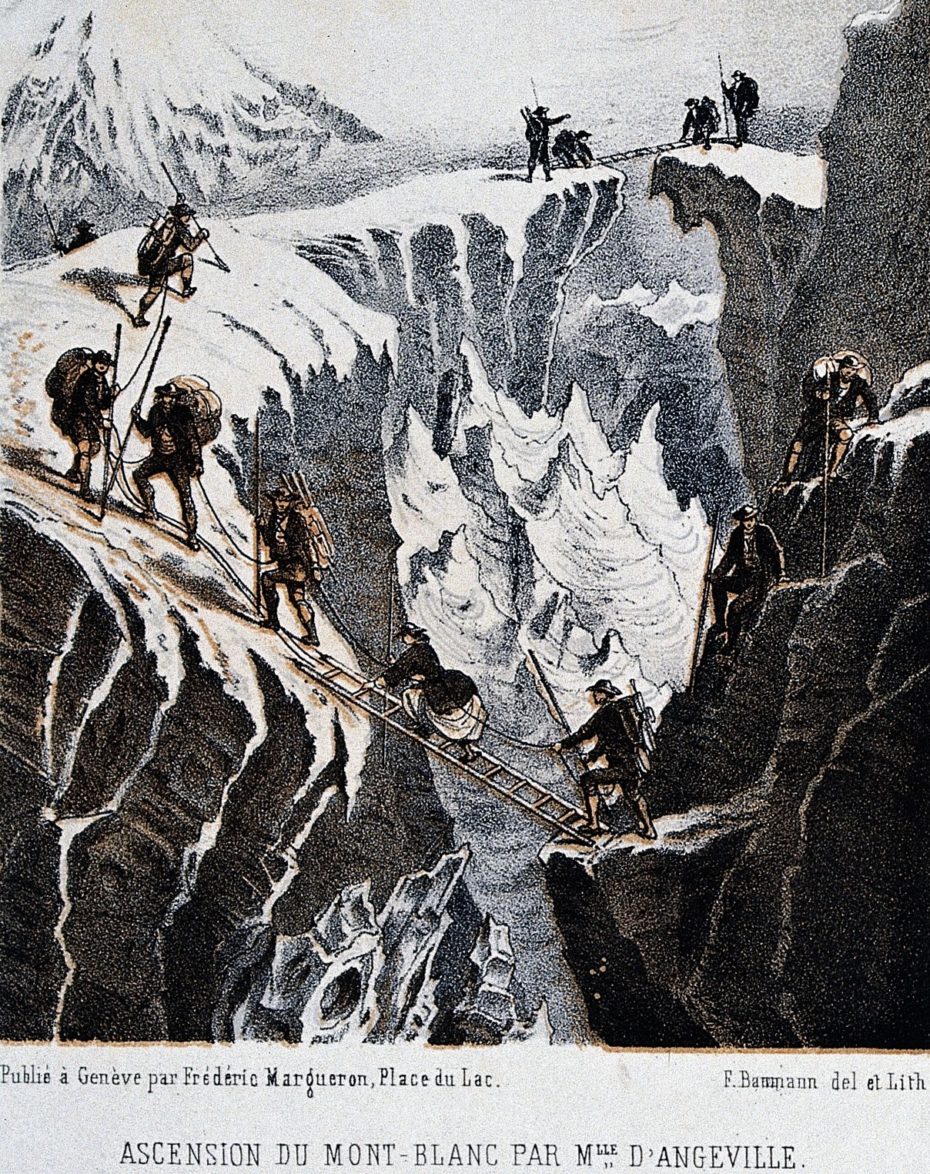
Thirty years later, a second woman, Henriette d’Angeville, would (willingly) reach the summit. She was 44 years-old and completed the ascent in several days wearing a self-made 7kg outfit. In Chamonix, local men had placed bets on which point of the ascent she would give up.
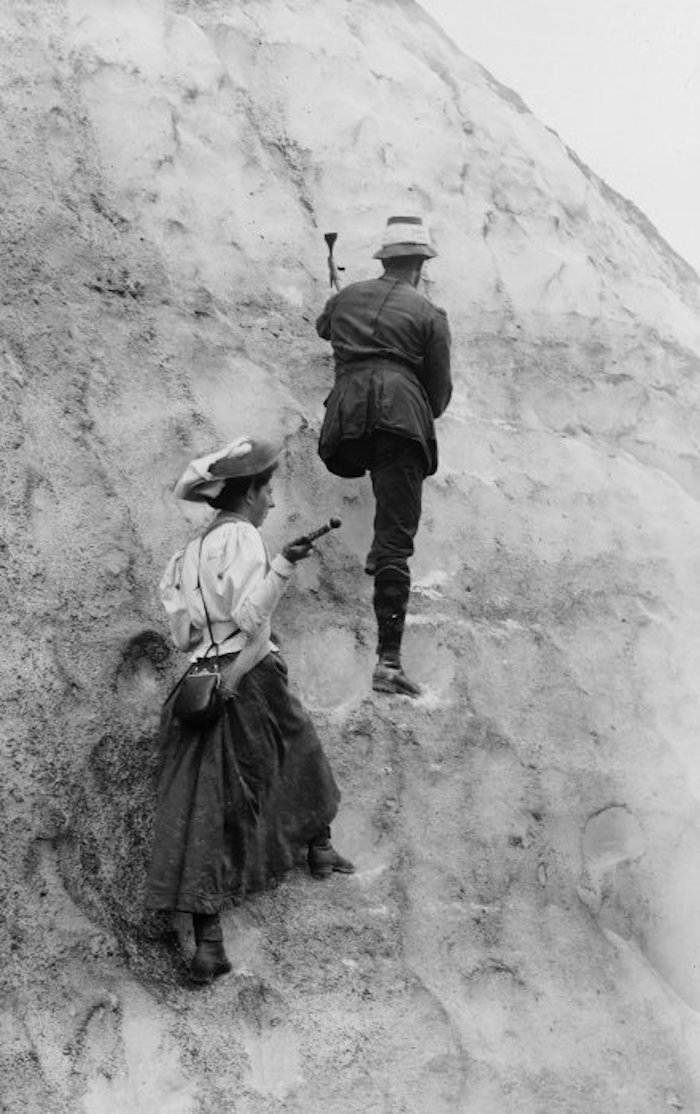
It’s difficuly to imagine how difficult it was for female mountaineers to not only fight the gender inequality and step out of the home in search of adventure and acknowledgment, but also to do it in skirts! Most outdoor activities, sports and particularly mountaineering, were reserved for men of the leisure class, which also meant the right equipment and gear wasn’t available to women.
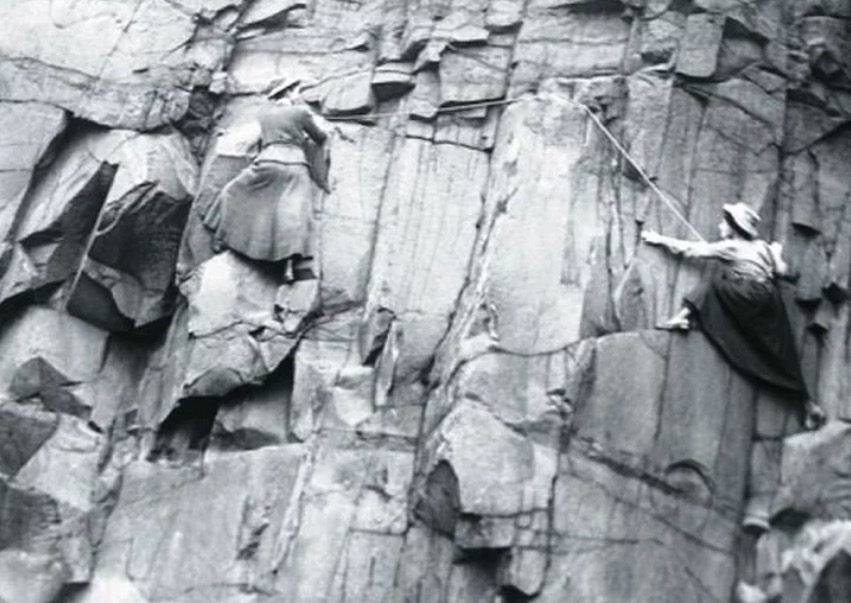
The strict dress etiquette for women in the Victorian era required the first female mountaineers and explorers to tackle the same terrain as men, while wearing skirts and corsets “for modesty”, all the way to the summit. When American Annie Smith Peck decided to wear bloomers instead of a skirt on her climbs in the 1890s, it caused a frightful scandal and sparked public debate on whether women should even be able to attempt such activities.
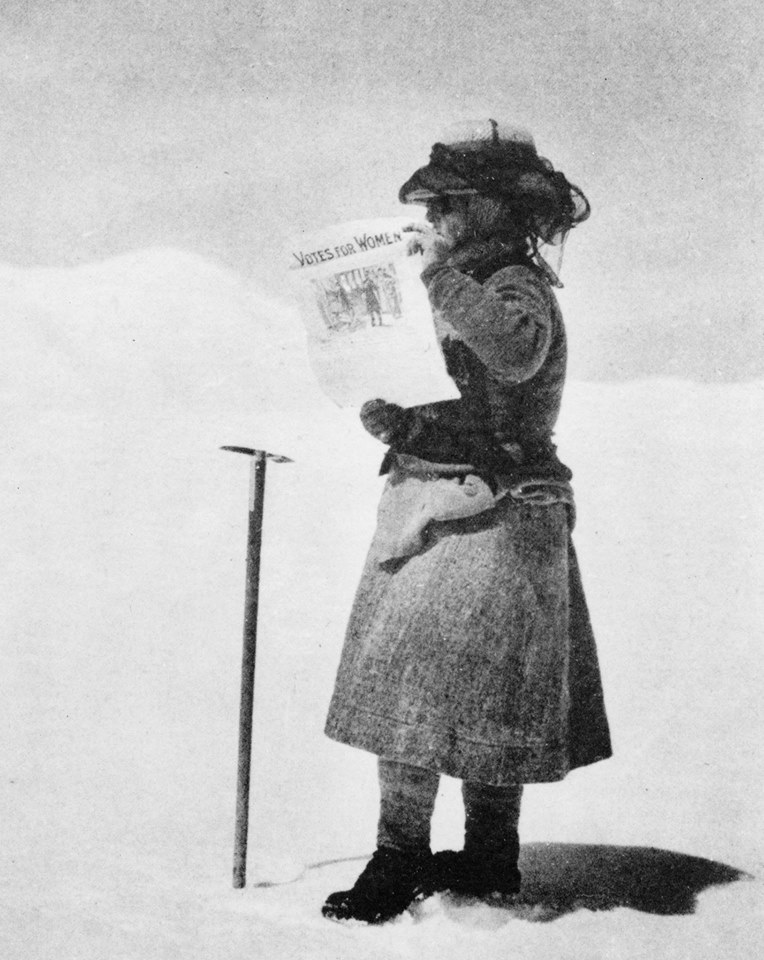
Facing social repression, some female mountaineers turned their adventures into a platform for the women’s resistance and took their demonstration to the mountaintops, bringing “Votes for Women” banners on the expedition. American cartographer, explorer, travel writer, and mountaineer, Fanny Bullock Workman, set several women’s altitude records, while championing women’s rights and women’s suffrage. She is famously pictured in the Himalayas holding up a newspaper that reads “Votes for Women”.
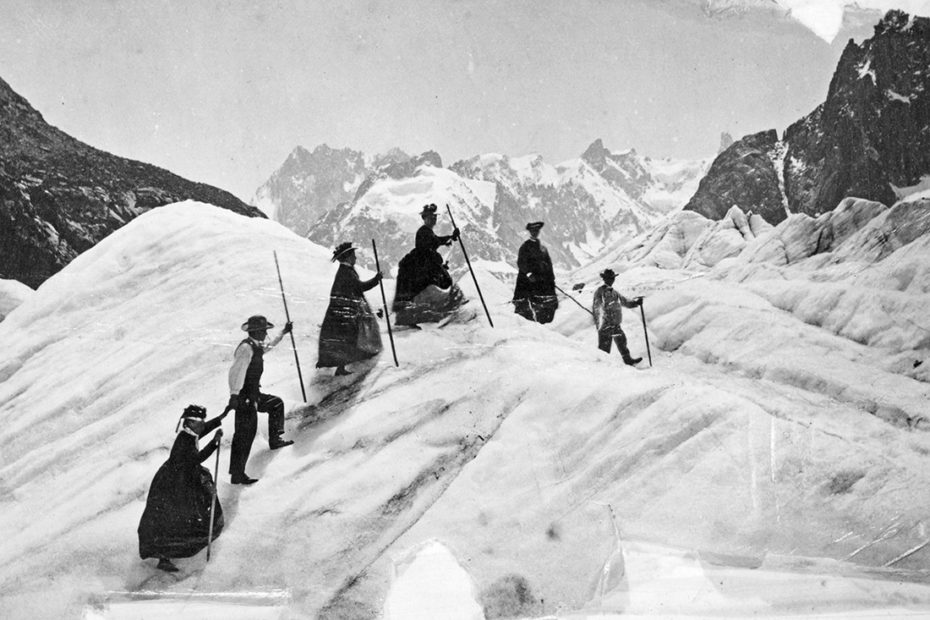
So what have we learned here? To stop whining about the cold and put on some snow boots? To remember that when something seems too difficult, at least you don’t have to do it in a billowing Victorian skirt with the world betting against you? To remember the names of women who truly deserve to be our idols? I’ll go with all of the above.
